Once upon a time, in the princely state of Kishangarh in Rajasthan, there was a just and devout king named Raja Sawant Singh. Despite his unwavering devotion to Lord Krishna and his Goddess, Radha, he still felt like something was missing in his life. One fateful evening, a new singer named Vishnupriya, who called herself Rasik Bihari, walked into the king's court. As she sang, the king was immediately drawn to her. He saw something in her eyes that he couldn't quite explain, but he knew that she was the missing piece he had been searching for.
Rasik Bihari was a poetess and a devout follower of Lord Krishna, much like Raja Sawant himself. As they spent more time together, they found that they were two souls intimately connected, able to fully express their love and devotion in each other's company. Witnessing their love, the court painter, Nihal Chand, was inspired to create a series of exquisite Kishangarh miniatures that have since become world-renowned.
One of these paintings, called Bani Thani, depicts Rasik Bihari in traditional Indian attire, with a serene expression on her face and intricate details in her jewelry and clothing. The painting is considered one of the finest examples of Indian miniature art, known for its vibrant colors, realistic portrayal of Bani Thani's beauty, and intricate details.

Bani Thani, Kishangarh, ca. 1750 (source: National Museum, New Delhi)
Eventually, Raja Sawant chose devotion over power and left his kingdom to live the rest of his life in satsang, devoted to Lord Krishna. Meanwhile, the depiction of Bani Thani's beauty and talent made her an icon of Indian art and culture. Even two centuries after her death, the Indian government issued a commemorative postage stamp on Bani Thani, referring to her as Radha.
Ultimately, the Bani Thani painting represents not only the love between two devotees of Lord Krishna, but also the power of art to evoke emotion and capture the essence of beauty and devotion. Bani Thani remains forever etched in Indian art history as the Mona Lisa of India.
Editor's Note:
Shehzaad Ali Sherani, a renowned artist from Kishangarh, holds a unique perspective on the legend of Bani Thani. According to him, concocting elements of romance to the story of two devoted souls is profane and does a disservice to the purity of their devotion. Sherani believes that the true beauty of Bani Thani lies not in the love story between the king and the mistress, but in their unwavering devotion to Lord Krishna. He argues that by sensationalising this story, we risk losing sight of the deeper spiritual message that both Nagaridas and Rasik Bihari tried to convey through their life's work. To learn more about Sherani's perspective on the legend of Bani Thani and his approach to Indian miniature art, consider watching our masterclass on the subject. Through his teachings, you may gain a new appreciation for the artistry and spirituality that underlie this iconic legend.








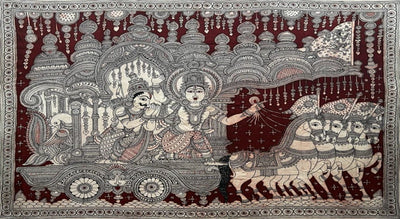

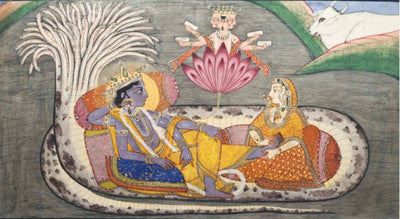



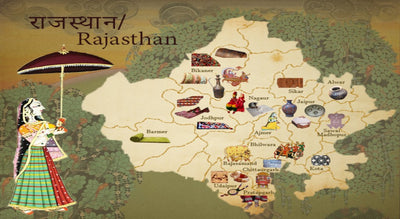
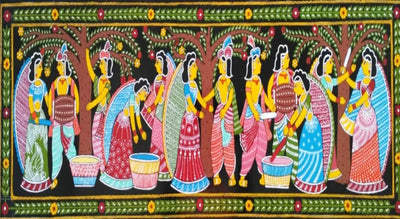
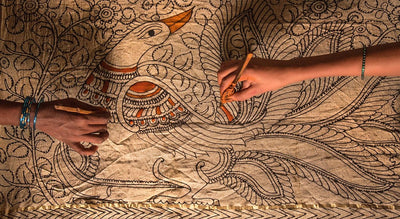

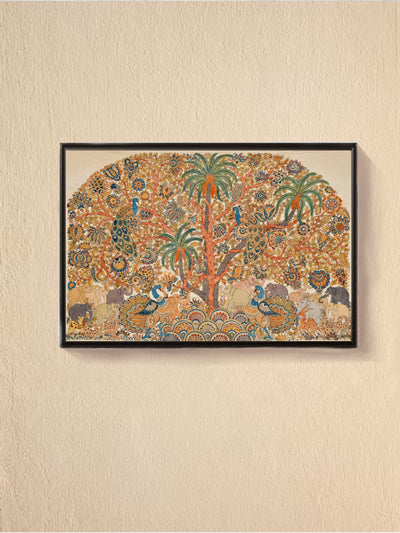







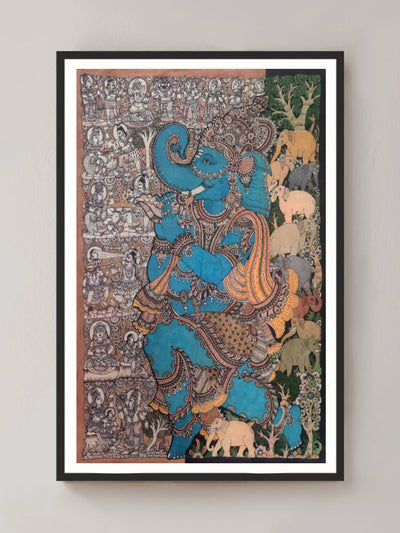








0 comments